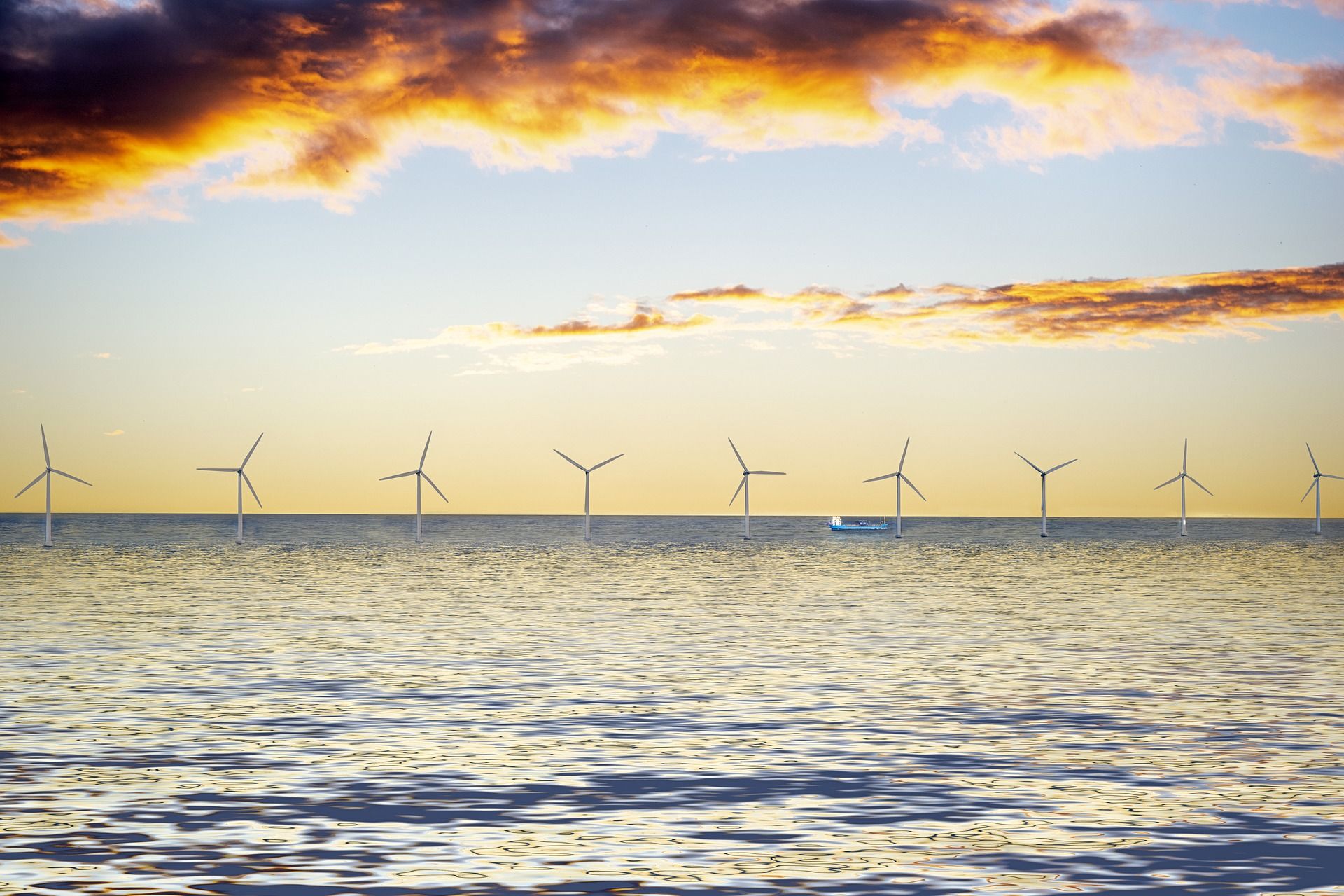Denmark has published its annual green transition report evaluating its national climate policies, agreements and progress sector by sector, and whether they enable it to achieve its emissions targets.
The Climate Programme 2024 (KP24) covers the pillars of Denmark’s green transition, among them: the historic ‘green tripartite’ agreement to reduce agriculture emissions; the phasing out of coal and natural gas energy sources for district heating and electricity; the wind energy boom; diesel tax; and plans for large-scale carbon capture and storage projects.
The impact of those measures, and more, put Denmark on track to achieve its 70 percent emissions reduction target by 2030, states the report.
Denmark’s green promises and achievements
This year, Denmark agreed on a world-first climate tax on agriculture – part of the 2024 Green Tripartite agreement – that will see farmers pay a levy of DKK 300 per tonne of CO2 emissions from 2035 onwards.
The agreement also includes a DKK 40b subsidy package for planting 250,000 hectares of forest on agricultural land until 2045, removing 140,000 hectares of low-lying land by 2030, and buying up farmland to reduce nitrogen emissions from fertiliser use.
Wind and solar
In 2023, an agreement called Denmark’s Maritime Plan provided a roadmap for balancing energy development, security and environmental interests in Danish waters, in which some 30 percent of Denmark’s total sea territory was made available for offshore wind development.
Subsequently, the past year saw the launch of the largest offshore wind supply in Danish history: 6 GW distributed over 6 offshore wind farms.
According to the report, each GW will be able to power the equivalent of 1 million annual Danish or European households’ worth of electrical needs.
Also in 2023, the government agreed to expand the size limit for land-based wind and solar parks, and to increase compensation payments for locals affected by these redevelopments.
Carbon capture and storage
A slew of carbon capture and storage (CCS) projects also got off the ground, including a project to capture and store emissions from combined heat and power plants (CHPs) in Avedøre and Kalundborg, which are used to produce energy for heating.
Once fully operational, the project anticipates a storage capacity of 430,000 tonnes of CO2 stored annually from 2026 – the equivalent of over 995,000 barrels of oil.
Heating is one of the most energy intensive sectors, and decarbonising it has been a major priority for Denmark since the 1970s oil crisis. In the EU, energy for heating and cooling makes up around half of the total gross final energy consumption, according to Eurostat.
An agreement is also in place on the next phase of CCS tenders, which are “expected to contribute 2.3 million tonnes of CO2 reductions annually from 2029”, according to the Climate Ministry.
Transport
In the field of road transport, Denmark agreed to raise the diesel tax on 1 January 2025 from DKK 3.55 øre to 62.5 øre per litre.
Meanwhile, a support package of DKK 750 million will be available form 2024-2030 to aid the “green transformation of heavy road transport and improvements in road freight transport”, said the Ministry.
From 2025, passengers will pay a tax on short-haul flights of DKK 70 per journey, which will rise to DKK 100 in 2030.
Green finance
To reinvest the revenue generated by green fiscal reforms in the agriculture and transport sectors, the government agreed on a DKK 2b subsidy framework to help transitioning industries to go green.
In 2023, a separate national ‘green fund’ totalling DKK 53.5b was earmarked to support green financing from 2024-2040, including over DKK 5b for green research in 2023 and 2024.
Electricity and Power-to-X
The Danish government says it has approved some DKK 9b worth of investments in the national electricity network, and the “futureproofing of connectivity between Denmark and Sweden”.
The KP24 is hopeful about Denmark’s nascent projects in Power-to-X – in which surplus green energy, for example from wind farms, is converted and stored to supply various consumption needs later down the line.
Ultimately, Denmark hopes that P2X can be used to power the production of ‘green Hydrogen’, meaning obtained via chemical electrolysis – breaking down water molecules (H2O) into oxygen (O2) and hydrogen (H2) – rather than by drilling into the seabed to extract it in fossil fuel form.
This technology is at an early stage. However, the IEA says that obtaining hydrogen by electrolysis could save 830 million tonnes of CO2 annually, which would otherwise be produced in fossil-fuel extraction.
All talk and no action?
Several of the measures outlined in the KP24 are political agreements on future regulations, tenders, subsidies and taxes, which will be crucial in achieving Denmark’s future climate goal, but are yet to manifest as tangible action.
Climate, Energy and Supply Minister Lars Aagaard said that the time to act is now:
“It is now that we must translate the many political agreements into concrete climate action. The green tripartite must be implemented, we have to carry out a change in the industry that needs to store CO2 and much more. It will be a big job across actors, industries and technologies.”
To drive a more effective implementation of its climate agreements, the government has established a Ministry for Green Tripartite, whose minister will be former Minister of Taxation Jeppe Bruus.
A look towards 2035 and 2040
Denmark adheres to its own national Climate Act instead of EU Climate Law, to govern its emissions policy.
Under the 2020 Climate Act, Denmark seeks to achieve a 70 percent reduction in CO2 emissions by 2030, while the target under EU Climate Law is 55 percent.
The Climate Act also mandates that a new ten-year climate target be set every five years, which “must not be less ambitious than the most recently established target”. A new target looking ahead to 2035 is therefore due next year.
The roadmap to a 2035 goal will be “completely different”, said the Climate Ministry, as the energy sector will be “much greener”, and reductions will be achieved “mainly from transport and agriculture”.
“The low-hanging fruit has been harvested. What remains are the difficult discharges. But nevertheless, a goal must be set which shows the way to the government’s ultimate goal of climate neutrality in 2045 and 110 per cent reduction in 2050,” reads the KP24.
Meanwhile, the EU is expected to publish its proposed 2040 target in the first quarter of 2025 at the earliest.
Prior to the European elections in June 2024, the outgoing Commission recommended an emissions reduction target of at least 90 percent in 2040 – but it will be up to the newly-elected Commission to decide.
The Danish Climate Ministry stated in a press release that “the government supports an EU climate target of at least 90 percent in 2040”.
Read a summary of the Climate Programme 2024 in the Ministry’s leaflet version (in Danish)













